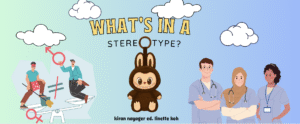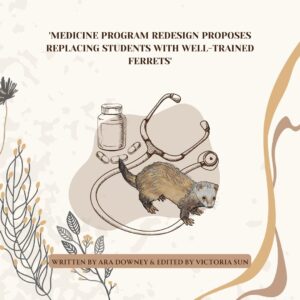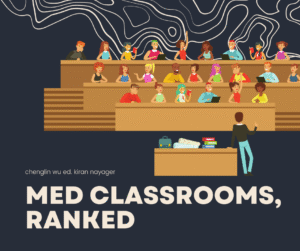
By: Patrick Zhang | Edited by: Ara Downey
Until recently, I knew little about the enigmatic specimens we call second years. They were faceless individuals who coalesced into a singular, homogenous entity. At times, I would observe them scuttling around campus, or as the distant other at Medsoc events; they blended in, no different from the rest of the intimidating people senior to me. But all this changed one fateful day: July 1st.
July 1st was a Monday. More significantly, it was the first day of HMA. HMA marked the first time us callow first years would encounter the class of 2028 machine. To be honest, when I walked into that lecture hall a few minutes late, I expected to find a sea of weary, hardened faces stained with permanent eyebags and mouths moulded into resigned frowns, marks of suffering med school for an extra year. Instead, the hall was surprisingly empty and all the second years, though unfamiliar, looked oddly normal.
In my opinion, the event that formally demarcates the assimilation is Integration Night. The occasion itself is and probably will be the most promoted event in the history of Medicine Facebook Messenger chats. Perhaps it’s just that I come across as more reserved and unapproachable than the average person, but I personally met a total of zero second years that night. That being said, if the purpose was to unite students from different years, campuses and backgrounds through a shared interest in bottomless drinks, I’d say the night was a great success.
Let’s scrutinize Medfac’s decision to integrate first and second years. Starting with the positives, one obvious benefit is the prospect of meeting new people. A key quality of Medicine is its small cohorts relative to other degrees. Whilst this is usually conducive to tight-knit social groups, it also means that the cohort can become a bit stale. New people also means new options, which some meddies have already got their hands on. Another advantage, especially from a first-year standpoint, is the opportunity to partner with peers who know more than you. Why is this a good thing? Well firstly, they’re a pool of knowledge, waiting for you to dip your toes into. Furthermore, faculty members will facilitate more advanced learning, pushing students to reach their full maximum potential because studying medicine wasn’t already challenging enough. And if nothing else, second years can humble yet motivate you into realising how little you know and how much there is to learn.
But of course, every silver lining has its cloud and every rose its thorn. The thorns, though few, hurt pretty bad. For one, we see our friends in our own cohort even less than we used to. This has only been exacerbated by the larger cohort size, forcing Medfac to move almost all our lectures online because O’Shane 104 is perpetually occupied.
We all know the real reason behind this integration is so Medfac can reduce costs and resources needed by running a unified course instead of two concurrent ones. On the bright side, I’m sure these savings will be reinvested into enhancing our education. Although it may take a bit of getting used to, I’ll be the first to admit that the benefits outweigh the drawbacks. Only time will tell, but I have a good feeling about these little piggies.













































































































